3 Important Man Overboard Recovery Methods Used At Sea
Man overboard is a potentially dangerous situation for a ship at sea. Among the many threats that could undermine the proper course of the voyage of a vessel, accidents related to man falling overboard is one of them. Unfortunately, according to a report, a high percentage of all overboard incidents end in death. It is therefore very important for the ship personnel to act immediately and execute the correct recovery methods so that the life of the person in water is not endangered.
Some of the reasons why seafarers go overboard in the sea are:
- Accidents such as loosing footing on deck, being swept overboard by waves
- Being pulled by mooring ropes
- Falling from an accommodation or ladder
- Climbing on to or sitting on the ship’s railings
- Being under the influence of alcohol or drugs
- Working in low visibility or in rough sea conditions
In this article, we would discuss the three most common manoeuvres that can be executed to turn a vessel back towards a man overboard in order to rescue the later
- The Williamson Turn
- The Anderson Turn or Single Turn
- Scharnov Turn
The Williamson Turn:
This is the most commonly used manoeuvre onboard ships in the event of a person overboard.
To execute a Williamson turn:
1. Put the rudder hard over towards the side from which the man went overboard, to reduce the chances of the vessel’s propeller striking the MOB
2. After deviation from the original course by 60 degrees, the rudder is put hard over to the opposite side
In the figures, given below, the original course of the ship is 110 degrees. Man overboard is on the starboard side and therefore the turn is to starboard. When the course is 170 (110 + 60) degrees after deviation from the original course which was 110 degrees, rudder is put hard over to port side.
3. When the heading is 20 degrees short of the reciprocal course, the rudder is brought to midship position.
The reciprocal course of 110 degrees is 290 degrees. Reciprocal course can be obtained by simply adding 180 degrees to the original course if original course is less than 180. When the heading shows 310 degrees ( i.e. 20 degrees short of 290 degrees) rudder is put to midship.
Williamson turn is ideal method in reduced visibility. If executed properly it positions the ship on a reciprocal course on its exact original track thereby allowing the search to commence on the track the victim fell over, not from a parallel track. Speed should be maintained during the turn as any changes in speed may bring the ship on a reciprocal course in a different position than the line of the initial course. However, this turn takes the ship further away from the scene of incident.
Anderson Turn/Single Turn:
This is the fastest recovery method. It is most appropriate turn for ship in clear visibility. In case of this turn, rudder is put hard over to the side of the casualty. After deviation from the original course by 250 degrees, rudder is put to midship position. Revolution needs to be modified at the end of the turn and stopping manoeuvre is initiated.
In the above example, the original course of the ship is 290 degrees. Man overboard is on the starboard side. Rudder is put hard to starboard until deviation from the original course is 250 degrees i.e
290 + 250 = 540 degrees (greater than 360)
540 – 360 = 180 degrees
Therefore when the ship’s heading is 180 degrees, wheel is brought to midship.
It can be noted that Williamson turn was commenced at 08:10 local time and completed at 08:21 local time. The turn lasted about 11 minutes. Anderson turn commenced at 08:22 local time and was over by 08:28 local time.
The above manoeuvre demonstrates the superiority of the Anderson turn over the Williamson turn in the immediate rescue operation. This is due to the simplicity of the 270 degrees turn, which translates directly into its duration and also efficiency. Under favourable daylight conditions single turn is the best way to get back to a man overboard in a hurry. This turn is good for ships with tight turning characteristics.
The Scharnov Turn:
The Scharnov turn takes back the ship into her wake. However it cannot be used in an immediate maneuver. This turn cannot be carried out effectively unless the time elapsed between the person falling overboard and the commencement of the maneuver is known.
- The rudder is put hard over on to the side of the casualty to swing stern away from the man. After deviation from the original course by 240 degrees rudder is put hard over to the opposite side.
- When the heading is 20 degrees short of the reciprocal course, wheel is brought to midship position.
In the illustrations given below, the original course of the vessel is 180 degrees. The wheel is put hard to starboard to deviate 240 degrees from original course.
180 + 240 = 420 degrees (greater than 360)
420 – 360 = 060 degrees
Therefore when heading is 060 degrees, the rudder is put hard to port. Reciprocal of original course is 000 degrees. When the ship’s heading is 020 degrees, the wheel is put to midship.
Once ship is brought to reciprocal course, speed should be reduced and preparations should be taken to launch rescue boat. The emergency boat’s crew should standby and be ready to launch the rescue boat. It might not be possible to launch rescue boat during worse sea conditions. In such case alternative recovery methods including the following can be adopted:
- Passing lines to the casualty so that they can be pulled alongside the ship. Rescue throw lines and heaving lines may be used.
- Buoyant appliances such as life buoys or an inflated life raft may be deployed on secure lines and then pulled back to the ship.
- If none of these options is feasible, the ship must standby until a helicopter or rescue vessel arrives.
Every vessel must be able to carry out man overboard rescue methods efficiently. When someone falls overboard it is invariably unexpected and under difficult conditions. Even the best swimmers can become disoriented when unexpectedly falling into the water. At such moments there is no time to think. Decisive action is of primary importance when a person falls overboard. One begins to act automatically and these actions are based entirely on the knowledge and training gained previous to the accident. Ship’s crew cannot cope with such a situation unless they are fully prepared for this. It is therefore vital that drills are conducted frequently onboard a vessel.
Safety Measure To Prevent Man Overboard Situation
Minimum safety measures that can be taken onboard ships to avoid man overboard situations:
- Wearing the correct personal protective equipment-life jackets, safety harness, and appropriate safety footwear when working at or near the ship’s side
- Taking extra precaution when working in heavy weather and when the decks are wet or icy
- Ensuring that all work at or near the ship’s side is properly controlled and supervised by a competent officer. The bridge must be informed when the work starts and when it ends
- Ensuring that day to day practices, such as standing on bollards, hatches or other raised surfaces or using ladders close to the bulwark do not place crew at risk of falling overboard.
- It is also important to be aware of the state of other crew members. People are more likely to be at risk if they drink too much or suffer from seasickness
Disclaimer: The authors’ views expressed in this article do not necessarily reflect the views of Marine Insight. Data and charts, if used, in the article have been sourced from available information and have not been authenticated by any statutory authority. The author and Marine Insight do not claim it to be accurate nor accept any responsibility for the same. The views constitute only the opinions and do not constitute any guidelines or recommendation on any course of action to be followed by the reader.
The article or images cannot be reproduced, copied, shared or used in any form without the permission of the author and Marine Insight.
You may also like to read:
Do you have info to share with us ? Suggest a correction
Latest Ship Safety Articles You Would Like:
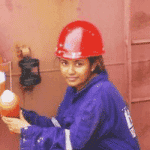
About Author
Paromita has completed graduation in Nautical Science and is presently preparing for 2nd mate exams. Besides sailing, she loves to read books and travel. She has also won many awards in music.
Subscribe To Our Newsletters
By subscribing, you agree to our Privacy Policy and may receive occasional deal communications; you can unsubscribe anytime.



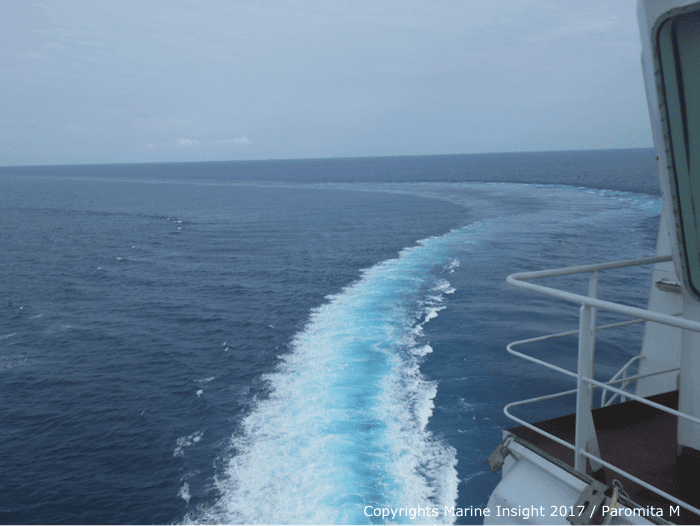
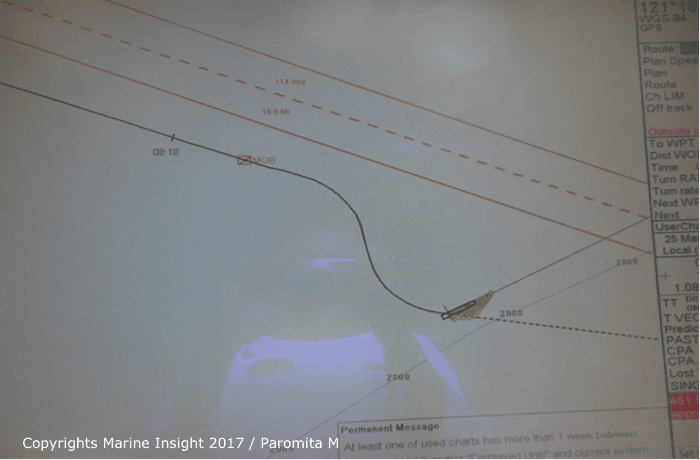
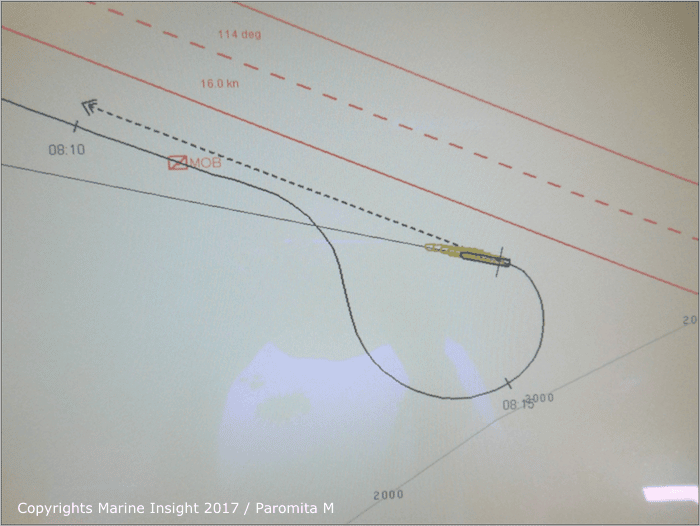
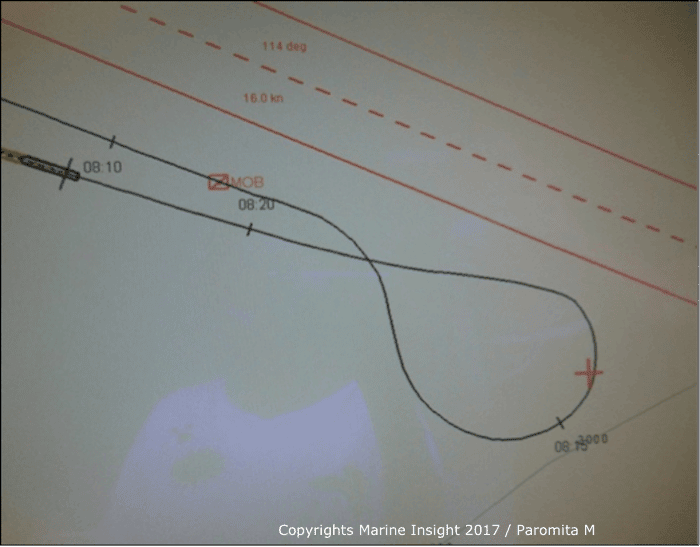
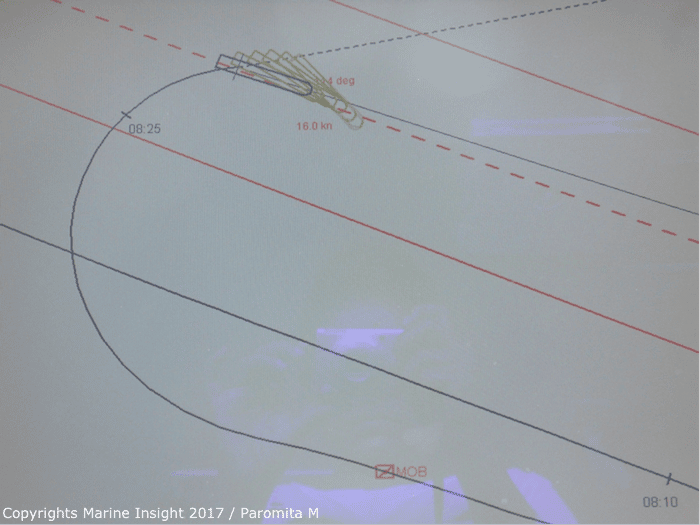
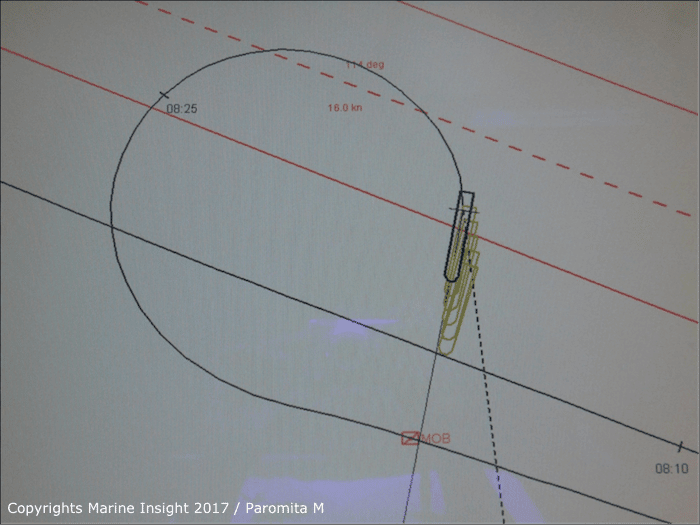
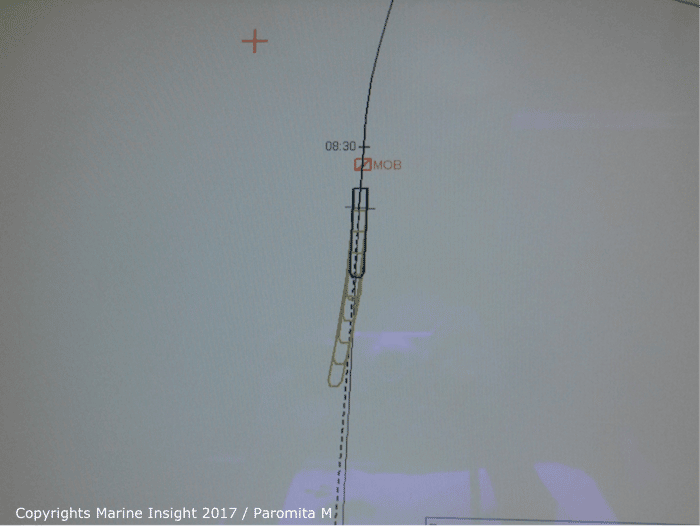
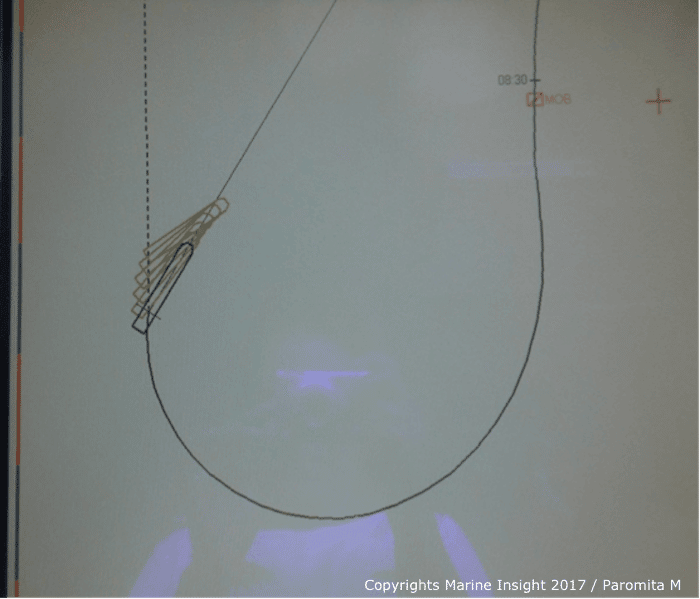
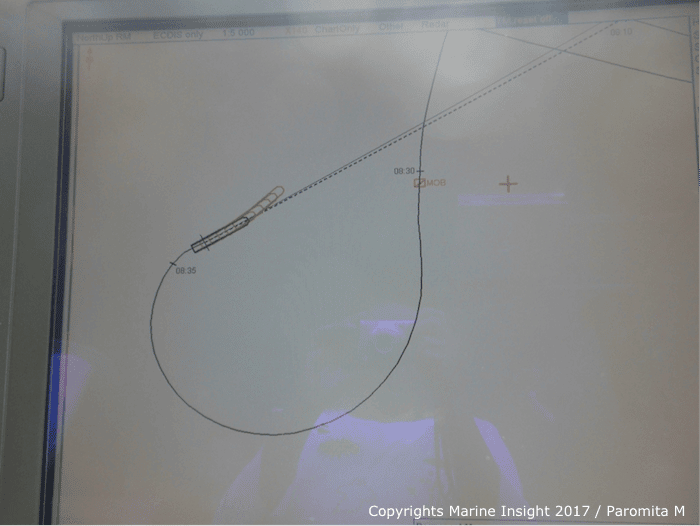
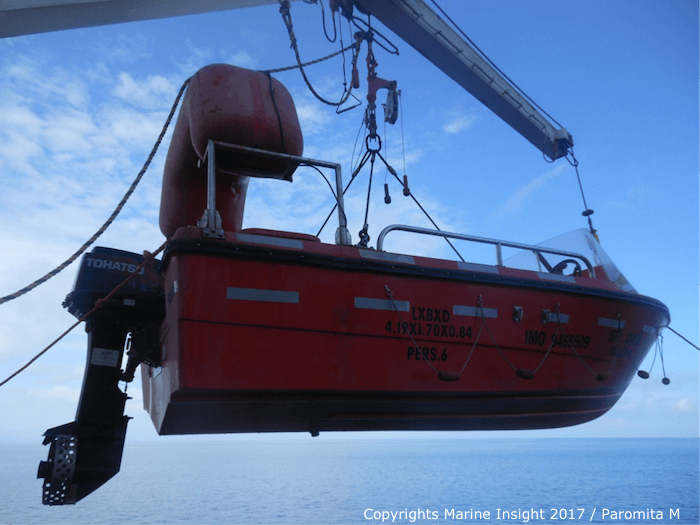
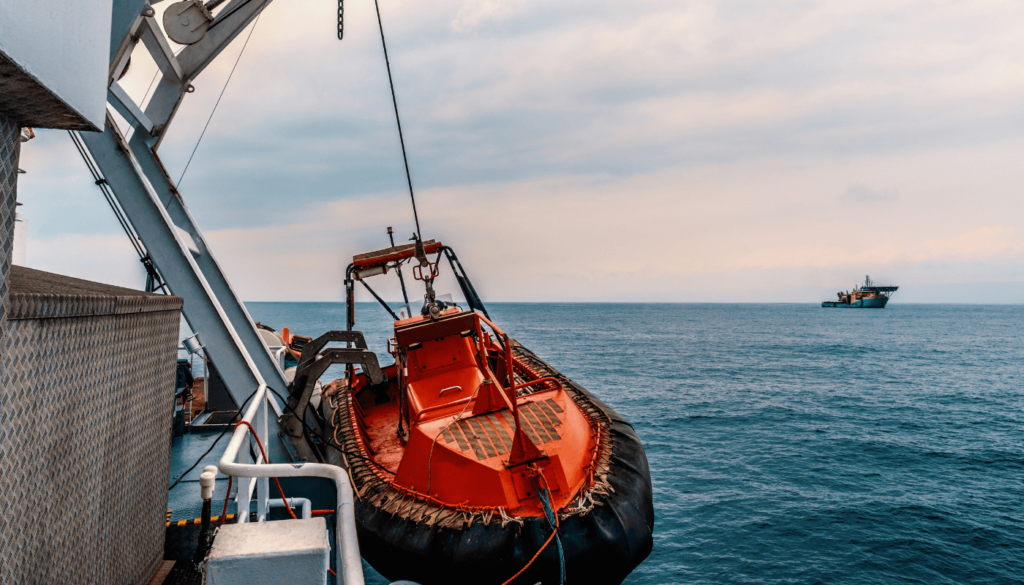
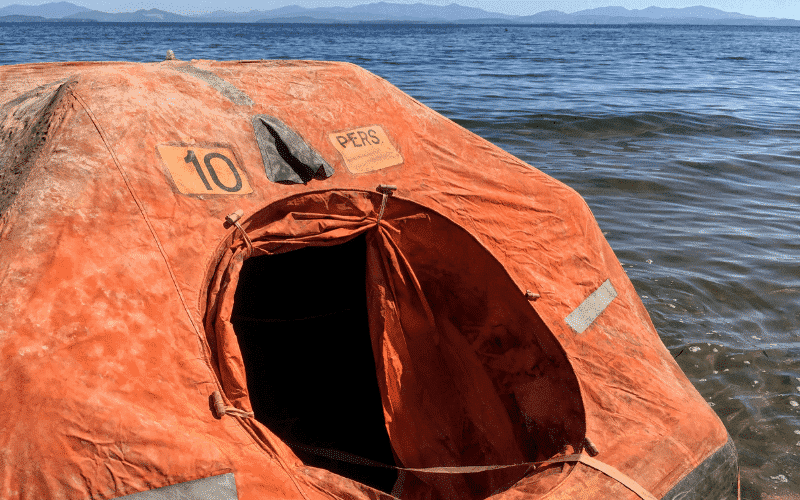
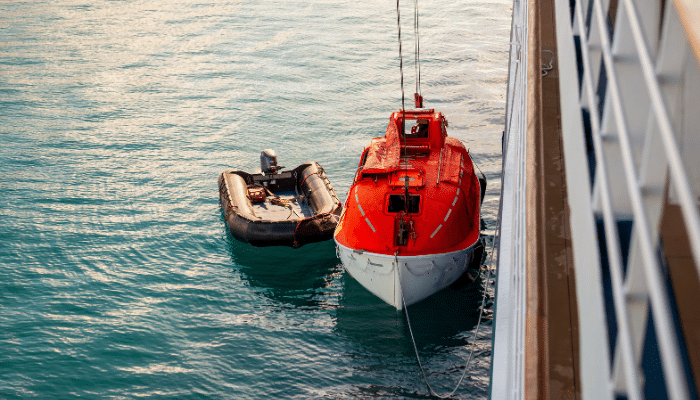
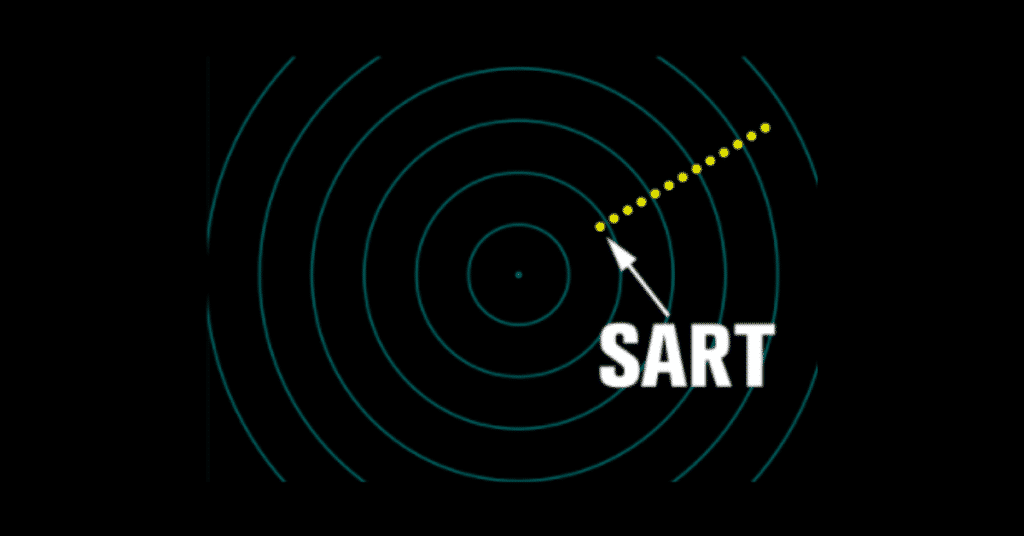
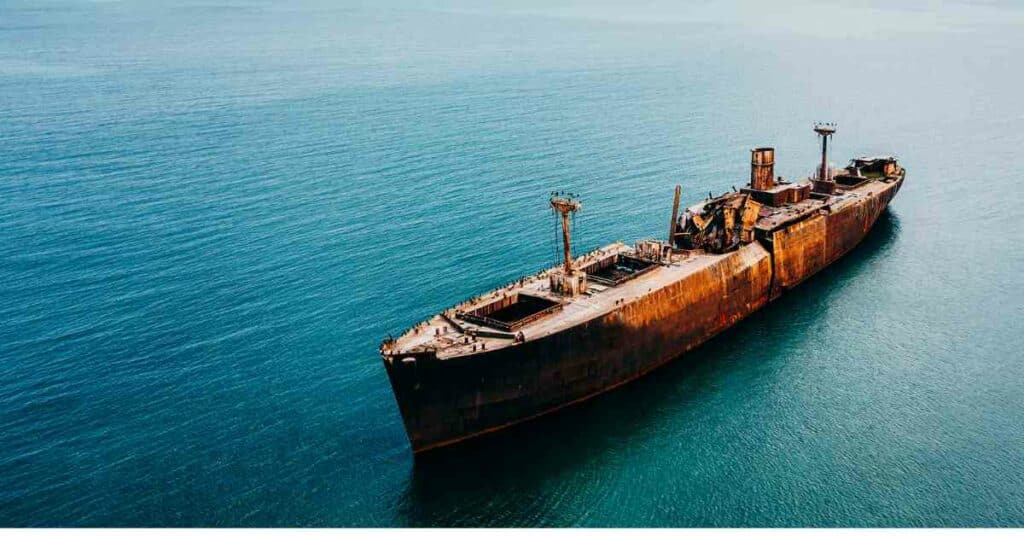

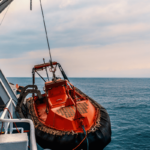
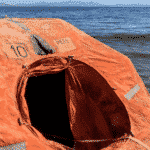
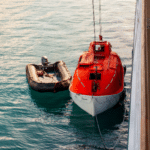
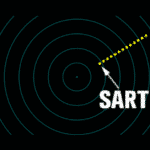
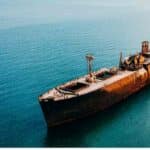

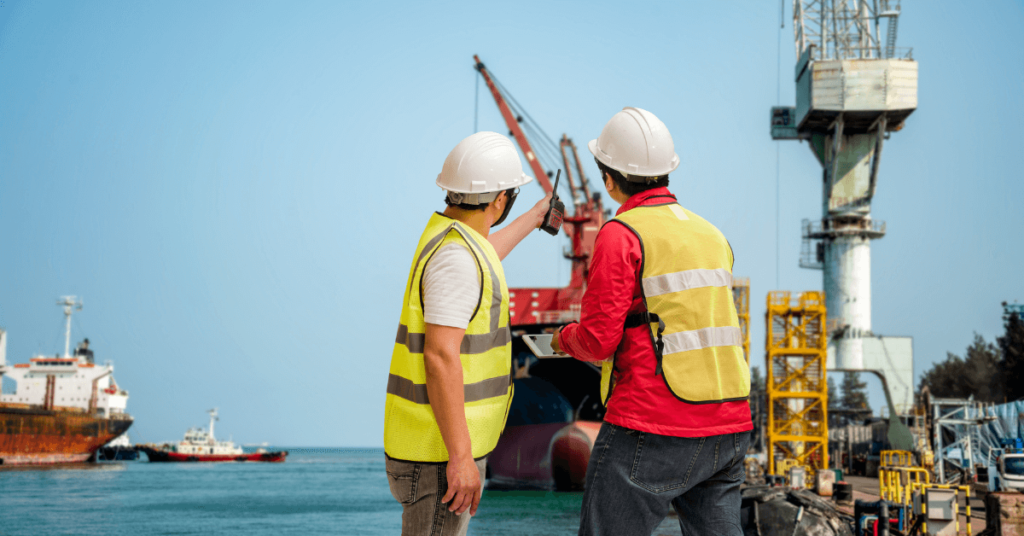
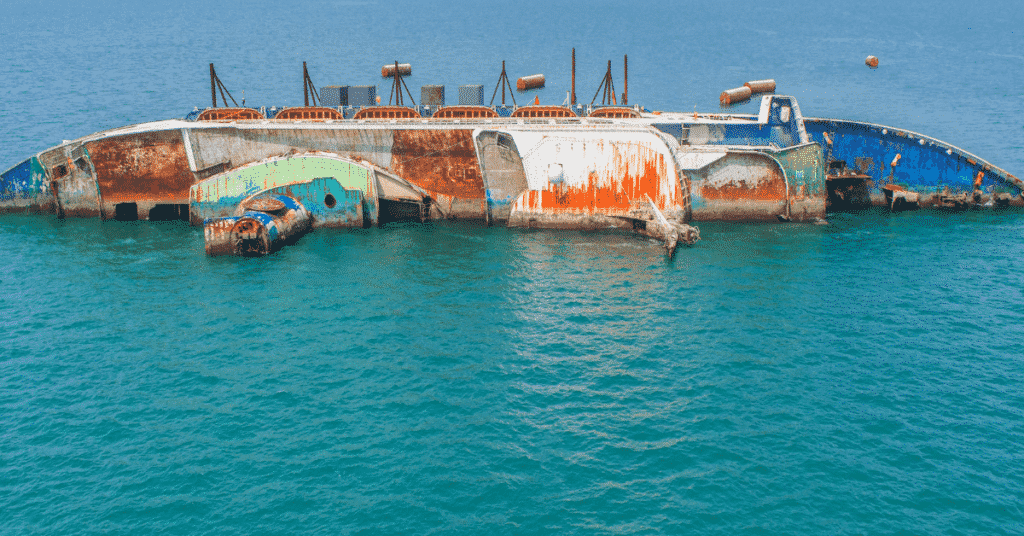
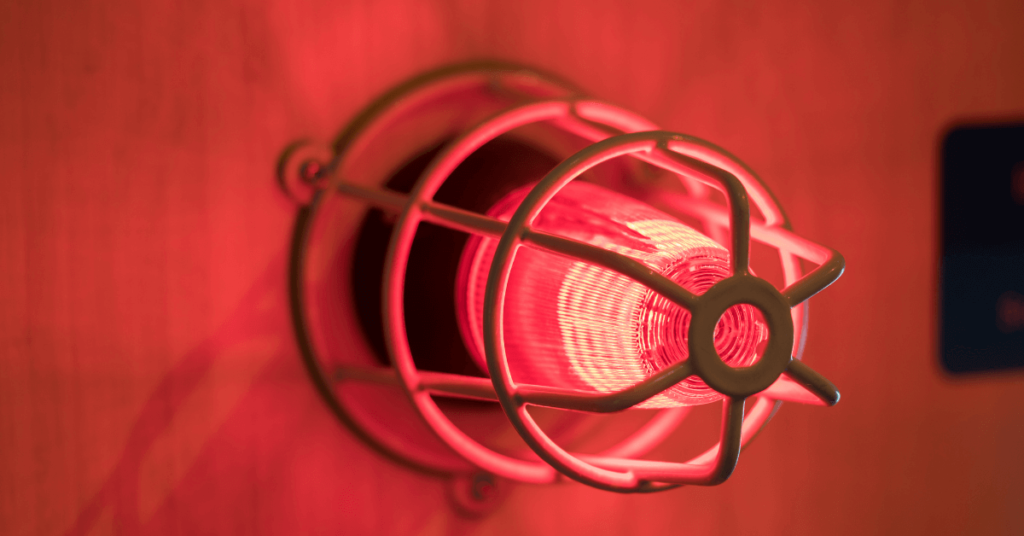
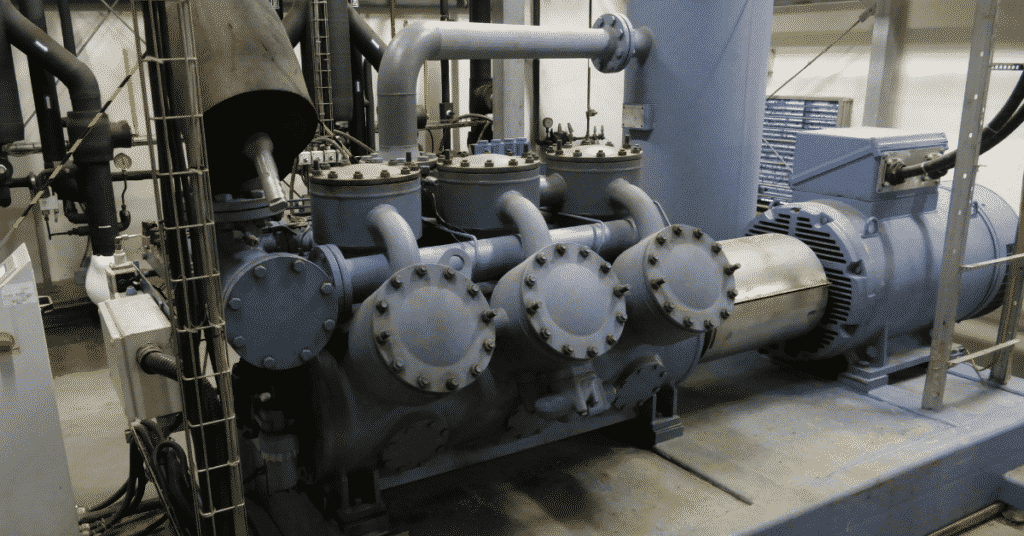
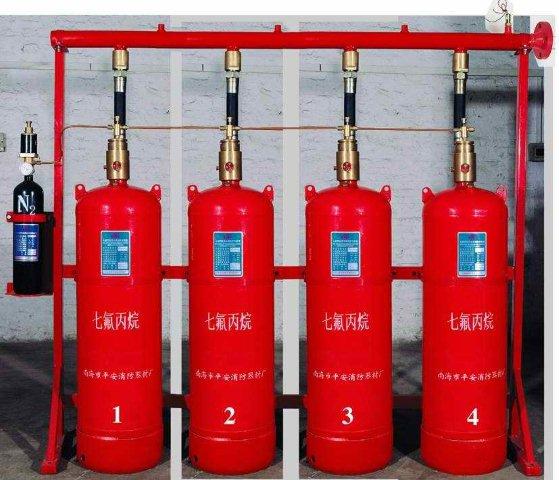
Hi! This is a great article, but I think it is missing a huge consideration: while many of the methods you wrote about in this article can be performed decently by experienced boaters (though not always), the issue I have found in researching this topic is that it is often the captain (ie the most experienced person on the boat) who ends up falling overboard. This leaves people who have not trained in rescue, or even in operating a boat to save the victim! To address this issue, I have recently patented a device to help make overboard rescue faster and more reliable than traditional methods, regardless of the experience of the boat operator.
The device I patented is called Rescu Swim’r, and it works as a rudder and helps vector the life ring safely to the overboard passenger. It can be easily attached to any Type IV PFD. In trials WITHOUT the device it took an average of 9min 51sec for people to get a PFD to the man overboard, but WITH Rescu Swim’r it took the same group of people on average 1min 14sec. Huge difference! Time saved not only increases the chance of survival of the man overboard, but also increases the chance that they’ll still have control of their limbs (before cold-water shock sets in) and be able to actually help themselves re-board the boat.
Traditional rescue methods just don’t save people fast enough, Rescu Swim’r uses simple physics to solve that problem. Check out the website (rescuswimr .com) for more info; we made videos and have trial footage to show how Rescu Swim’r works.